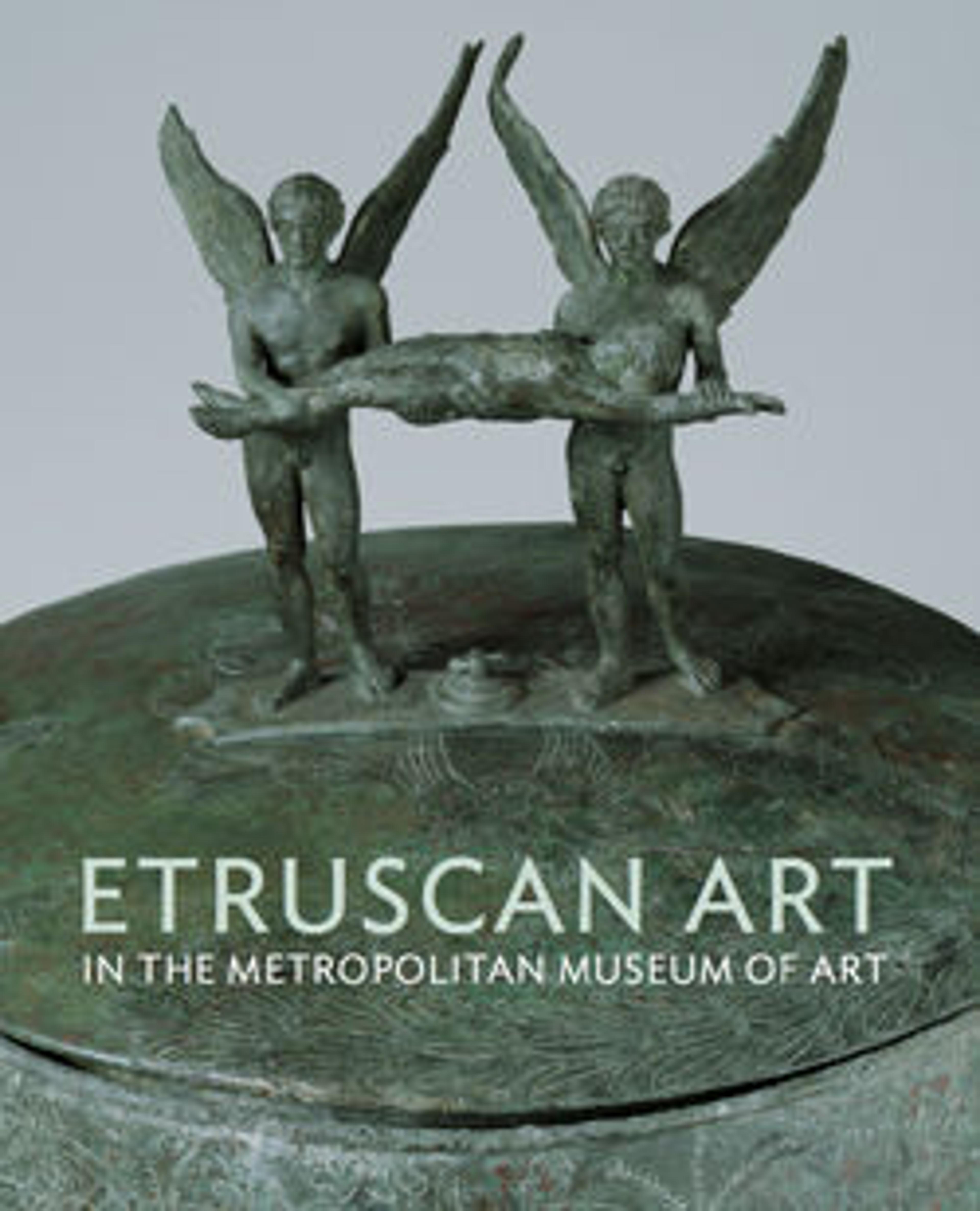Alabaster alabastron (perfume vase)
Cut from one piece of stone, the vase consists of the container, in the form of a woman holding a lotos flower, and a base embellished with four female heads. The work is an Etruscan response to perfume flasks with the busts of women that originated in the Near East and spawned adaptations in Cyprus, East Greece, and Etruria. The concept of decorating four sides of a vessel ultimately derives from the East as well. Related works are exhibited in the Belfer Court on the main floor.
Artwork Details
- Title:Alabaster alabastron (perfume vase)
- Period:Archaic
- Date:early 6th century BCE
- Culture:Etruscan
- Medium:Alabaster
- Dimensions:H.: 14 in. (35.6 cm)
- Classification:Miscellaneous-Stone Vases
- Credit Line:Purchase, The Concordia Foundation Gift, 2008
- Object Number:2008.332
- Curatorial Department: Greek and Roman Art
More Artwork
Research Resources
The Met provides unparalleled resources for research and welcomes an international community of students and scholars. The Met's Open Access API is where creators and researchers can connect to the The Met collection. Open Access data and public domain images are available for unrestricted commercial and noncommercial use without permission or fee.
To request images under copyright and other restrictions, please use this Image Request form.
Feedback
We continue to research and examine historical and cultural context for objects in The Met collection. If you have comments or questions about this object record, please contact us using the form below. The Museum looks forward to receiving your comments.
